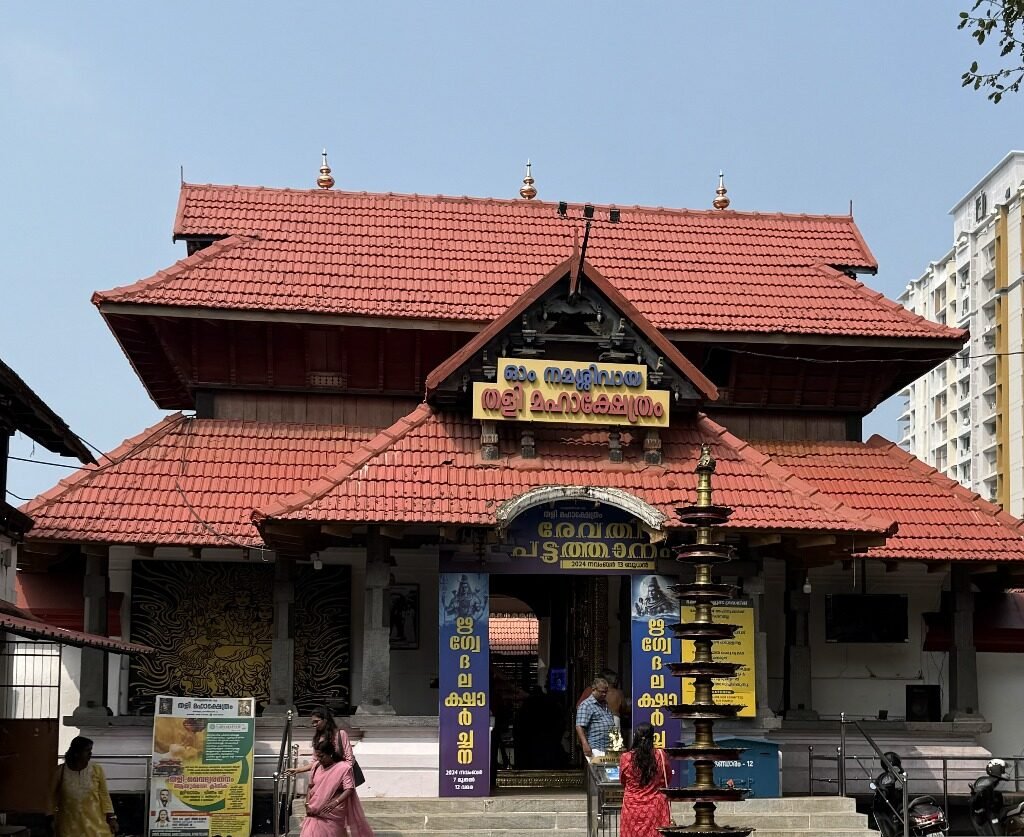
While maintaining the purity of faith and tradition, the Tali Temple provides a look into the majesty of the old building, making it a spiritual haven in the middle of a busy city. When visitors first enter the temple grounds, they are immediately filled with positive energy. It is a genuine spiritual haven. Respecting the temple’s regulations is essential since it is one of the ways that its holiness has been preserved from the beginning to the present. The Tali Temple is therefore definitely worth a visit, so if you’re planning a vacation to Kozhikode, be sure to include it in your schedule.
A Temple of Royal touch
The Tali Temple, dedicated to Lord Shiva, was built during the 14th century under the reign of the Zamorins (Samuthiris) of Calicut, powerful rulers who played a crucial role in shaping the history of the Malabar coast. The temple was more than a religious site; it was a cultural hub and an administrative center during the Zamorin dynasty’s rule.
Architectural Excellence
One of the eye-catching aspect of Tali Temple is its distinctive Kerala-style architecture. The temple is construction with intricate carvings and woodwork that reflect the craftsmanship of the era. The sreekovil, with its beautifully carved wooden ceiling and brass reliefs, is a striking example of temple artistry. The surrounding complex includes shrines for various deities, a temple tank, and a sprawling courtyard, all enclosed by stone walls that stand as silent witnesses to centuries of devotion.
A Center for Rituals and Festivals
Tali Temple remains an active center of worship, particularly known for its vibrant festivals. The Revathi Pattathanam, a seven-day annual festival, is especially significant. Historically, it was a scholarly competition where the Zamorins would honor learned Brahmins, reinforcing the temple’s identity as a center for both religious and academic excellence. Other key festivals include Maha Shivaratri, celebrated with great fervor, and various temple rituals that attract devotees from across the state.
Cultural Significance and Legacy
Amidst this commercial vibrancy, the temple served as a spiritual anchor and a cultural symbol for the local community. Today, the temple continues to draw pilgrims, tourists, and history enthusiasts alike. It stands not just as a place of worship but as a living chronicle of Kerala’s spiritual and political evolution.

Leave A Comment